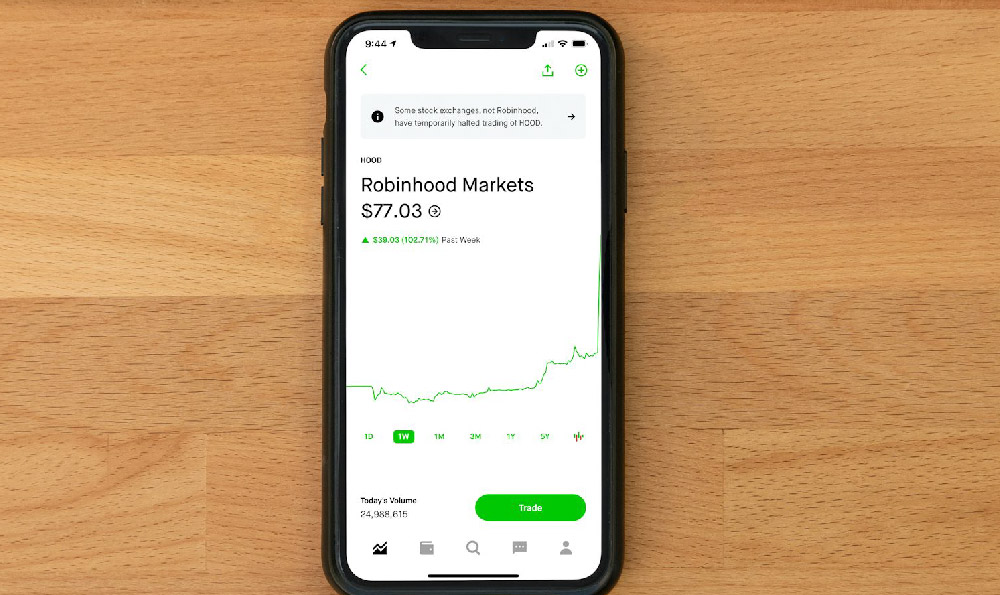Cemeteries, often perceived as static spaces dedicated solely to remembrance, are evolving into dynamic economic entities with diverse strategies to generate income. While their primary purpose remains honoring the deceased, modern cemeteries have adopted innovative approaches to sustain financial viability in a competitive global market. The intersection of tradition and technology, along with demographic shifts and cultural trends, has reshaped the financial models of these institutions, creating opportunities beyond mere burial plots.
The traditional revenue streams of cemeteries are rooted in their core function. Funeral homes and cemetery operators typically earn income through the sale of burial sites, headstones, and markers. Additionally, maintenance fees for grave sites, along with administrative charges for permits and documentation, contribute significantly to their income. These models often incorporate tiered pricing structures, offering different plot sizes and services at varying cost levels. In some regions, cemetery operators also generate revenue through the sale of memorial items such as urns, flowers, and candles, or by hosting religious ceremonies for which they charge fees. The profitability of these traditional methods can be affected by factors such as location, local regulations, and the demand for burial services in the surrounding community.
Beyond conventional methods, contemporary cemeteries are exploring alternative revenue generation techniques to diversify their income. Some institutions have transformed underutilized plots into commercial ventures, renting space for small businesses, community events, or art installations. This approach not only increases revenue but also revitalizes the physical space, making it more accessible to the public. In urban areas, cemeteries have started offering premium burial experiences, including private chapels, landscaped plots, and customized memorials, which command higher prices. Additionally, the rising popularity of pet cemeteries has created a niche market, with operators generating income through specialized burial services for animals. These strategies highlight the adaptability of cemeteries to meet evolving consumer preferences.

The financial sustainability of cemeteries is also influenced by their role in the broader community. In many cases, cemeteries generate revenue through tourism, offering guided tours, cultural exhibitions, and historical preservation projects. This can include monetizing the site's heritage by creating educational centers, art galleries, or memorial museums. Some cemeteries in popular tourist destinations integrate café spaces or souvenir shops, generating additional income while enhancing visitor experience. These initiatives not only provide financial benefits but also preserve cultural heritage and attract diverse demographics. In addition, cemeteries may partner with local governments and organizations to offer public services, such as community gathering spaces or non-religious events, further expanding their revenue potential.
Technology is playing a growing role in the monetization strategies of modern cemeteries. The rise of digital platforms has enabled cemetery operators to offer virtual memorials and digital gravekeeping services, catering to remote families and tech-savvy consumers. Some cemeteries have implemented online reservation systems, allowing users to book burial plots and services remotely. This reduces administrative costs while increasing convenience for customers. The integration of blockchain technology for digital tombstones has also emerged as a new trend, offering immutable records of graves and generating income through smart contracts for future payments. These technological innovations reflect the industry's shift towards aligning with digital ecosystem trends.
Another emerging monetization approach involves leveraging emotional and social connections. Cemeteries that focus on creating meaningful memorials and personalized services can charge higher fees for unique offerings. This includes custom-designed memorial plaques, interactive grave sites, and family-friendly events such as memorial services or kids' art activities. Some cemeteries have also started offering spiritual retreats and meditation spaces, generating income through guided sessions and workshops. These strategies capitalize on the emotional significance of cemeteries while creating new value propositions for diverse customer segments.
The financial models of cemeteries are also being influenced by demographic and economic trends. For instance, aging populations in many countries have created increased demand for burial services, allowing cemetery operators to adjust pricing and expand their offerings. Conversely, declining birth rates and lower demand for traditional burials have prompted some cemeteries to diversify their services. The cost-of-living crisis has further impacted revenue generation, with cemetery operators adjusting pricing and offering payment plans to accommodate economic constraints. These adaptations demonstrate the industry's responsiveness to market dynamics.
In addition to these strategies, cemeteries may also explore monetization through environmental initiatives. The growing emphasis on sustainability has led some operators to invest in green burial practices, which not only reduce the environmental impact but also attract eco-conscious customers. These cemeteries generate revenue through the sale of biodegradable caskets, tree planting rights, and eco-friendly memorial products. Furthermore, the integration of renewable energy sources, such as solar panels, can reduce operational costs and enhance financial sustainability. These initiatives underscore the industry's alignment with global environmental goals.
The future of cemetery income generation is likely to be shaped by a combination of traditional and innovative approaches. As technology continues to evolve, the integration of digital platforms and data analytics will enable cemetery operators to better understand customer needs and tailor their services accordingly. The growing demand for personalized and sustainable burial options will further diversify the industry's revenue streams. By embracing these trends and adapting their business models, cemeteries can continue to generate income while fulfilling their essential role in society.












